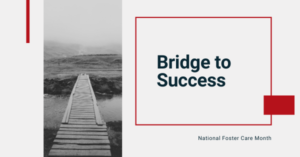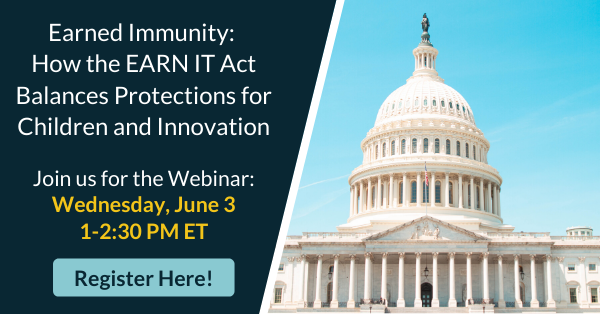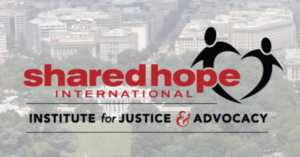“20 years ago today, there was not a single country in the world with a comprehensive anti-trafficking law. We have since seen 154 countries pass anti-trafficking legislation.”
-Ambassador-at-Large John Cotton Richmond
The 20th annual Trafficking in Persons (TIP) Report was released on June 24th, 2020, celebrating two decades of the U.S. Department of State’s assessment of responses to human trafficking across the globe. Countries from around the world are invited to contribute information, highlighting their efforts, successes, and shortcomings in the fight against human trafficking. This year’s report not only marks a legislative milestone, but also an international one by highlighting the efforts and successes being made all over the world to fight against human trafficking. When the TIP Report was released in 2001, only 80 countries were signed on, and on the 20th anniversary it was announced that there are now 177 countries participating and 154 countries have passed anti-trafficking legislation.
Over the past 20 years, the U.S. Government has tracked its improvement in light of the historic passing of the Trafficking Victims Protection Act (TVPA). In 2000, the TVPA was signed into law, creating protections for victims of human trafficking and allowing the government to prosecute trafficking offenders. Not only did the TVPA directly address the issue of human trafficking both domestically and internationally, it also established the creation of the annual TIP report, the first of which was published on July 28, 2001. Since then, the TIP Report has been an effective tool for perpetuating global change, leading to the increased number of countries enacting anti-human trafficking legislation.
The TIP Report required only a rating of governments based on how well governments followed or met the minimum standards of a three-tier ranking system established in the TVPA. Along with the three-tier rating system, each government provided explanations in an effort to bring “clarity and context to the report” (TIP Report, 2020). Today, the TIP Report has become a robust document, including tier placements for each country and in-depth country narratives. The TIP Report also includes, Victim Stories on Forced Labor, Sex Trafficking, and Debt Bondage.
The TVPA was also useful for shaping domestic legislation. In 2010, Shared Hope International used the TVPA when drafting for its Protected Innocence Challenge. Under the Protected Innocence Challenge, each state receives a Report Card and a grade based on a legislative framework that addresses six key areas of law related to domestic minor sex trafficking.
View your state’s 2019 Report Card here!
The Protected Innocence Challenge shines a light on each state’s efforts to eradicate domestic minor sex trafficking. Grading each state on how effective their legislative response is creates accountability, provides direction of issues to focus on, and equips states to better address the issue of domestic minor sex trafficking.
With so much to celebrate this year, we mustn’t forget that human trafficking is still an issue worldwide. According to the 2020 TIP Report, 25 million adults and children suffered from human trafficking this year. There is still much work to be done to hold countries and trafficking offenders accountable, but there is also a lot we can do here to stop domestic human trafficking domestically. Find more ways you can take action today!










